Customer Experiences with Starlink: Global Tales of Real-World Performance
In recent years, Starlink has garnered attention for its ambitious goal to provide internet connectivity to even the most remote corners of Earth. As the system continues to expand, more people from around the globe are sharing their experiences with this satellite internet service. This article will delve into a variety of testimonials from users hailing from diverse geographic locations, showcasing the impact and real-world performance of Starlink's technology.
One aspect consistently mentioned in user stories is the significant improvement in internet connectivity, especially in areas where traditional options like fibre or mobile data are unavailable or insufficient. Starlink Stories provides an array of anecdotes about the system's impact on users' lives, whether for work, education, or personal use. These stories highlight the versatile applications of Starlink in a range of settings.
As we explore these personal accounts, it becomes evident that Starlink is shaping the way people access and utilise the internet. From rural homeowners to businesses operating in remote locations, the service is proving to be a game-changer for many. Stay tuned to learn more about how Starlink's satellite internet service is transforming the digital landscape across the globe.
Understanding Starlink
Starlink, a company under SpaceX's umbrella, is an ambitious project initiated by Elon Musk. It involves deploying a constellation of small satellites in low Earth orbit (LEO) to provide high-speed internet connectivity to users around the globe. This innovative solution is designed to overcome the challenges faced by traditional internet service providers in reaching remote and rural areas.
The LEO satellites have a significant advantage over traditional satellite internet systems, as they're located much closer to Earth. This means they experience lower latency, enabling users to experience a smoother and more reliable internet connection. Starlink's initial offering promises to deliver speeds between 50 and 150 Mbps, with the ultimate goal of reaching gigabit speeds in the future.
Thousands of satellites have already been launched into orbit, and Starlink is rapidly expanding its coverage areas. The beta testing phase has attracted users from various geographic locations who are keen to experience this cutting-edge technology. These early adopters have shared their stories, reporting real-world performance and impact.
Some of the enthusiastic users highlight Starlink's ability to provide access to high-speed internet in areas where it was once impossible, like remote farms and off-the-grid locations. This has helped transform the lives of people living in those areas, as they now have easy access to information, entertainment, and communication services.
While Starlink is making progress in its mission to revolutionize internet access, there are still some challenges to overcome. For instance, the upfront cost of equipment is considered high, and the speeds are currently slower than initially advertised. Additionally, customer service has received a mix of reviews, ranging from efficient and helpful to slow and unresponsive (as reported by Business Insider).
Nonetheless, the promise of an accessible and high-speed global internet service has generated immense excitement and interest from users worldwide. As Starlink continues to expand, it will be fascinating to witness how it manages to address the challenges it faces and transform the way we experience internet connectivity.
Setting Up Starlink
Setting up Starlink is a breeze for most customers. They receive a kit that contains all the necessary equipment, including a dish, router, and mounting gear. Many users find the process straightforward and user-friendly.
First off, customers need to assemble the dish and mount it on a suitable location. It's essential to get the dish positioned correctly, and the Starlink app comes in handy here, guiding users to find the optimal position for maximum performance. Proper alignment ensures the dish has a clear line of sight to the sky, vital for maintaining a strong connection to the Starlink satellites.
Next, users connect their router to the provided power supply and modem. The router included in the kit comes with inbuilt Wi-Fi, so there's no need for a separate Wi-Fi router. During the installation, customers should also pay attention to cabling, ensuring it's neatly arranged to prevent tangling or damage.
Once everything is connected, it's time to power up the system. Starlink dish usually takes a few minutes to establish communication with the satellites and update its software. After this initial setup, the router and other devices should detect the available Wi-Fi network.
A final step in the configuration process is to adjust the router settings through the Starlink app. This allows users to customise Wi-Fi network names, passwords, and other preferences.
In conclusion, setting up Starlink is a fairly simple process for most users, thanks to the comprehensive kit and the user-friendly app. With the right positioning and careful assembly, customers across the globe can enjoy faster, reliable internet access through Starlink's innovative satellite technology.
User Experiences from Australia

In Australia, Starlink has been making waves in the internet service industry. In just two years, Elon Musk's satellite business managed to hook up nearly 100,000 Australian customers. This rapid growth raises concerns about the National Broadband Network's ability to compete with high-speed internet products in regional areas.
One aspect that Starlink users appreciate is the high-speed internet access. On average, users report speeds of up to 100 Mbps in certain locations in Australia, which surpasses many traditional terrestrial options.
When it comes to latency, Starlink has been praised for its low-latency performance. There is a noticeable improvement in response times compared to other satellite internet options. This would be a huge advantage for users who need real-time communication.
Regarding coverage, Starlink's expanding satellite network brings internet access to even the most remote parts of the Australian Outback. It's no wonder the service is gaining popularity among users who formerly struggled with limited connectivity options.
Consistent reliability is another factor contributing to Starlink's success in Australia. Users have reported little to no downtime, which is essential in today's fast-paced digital world. Occasional disconnections may still occur during the beta phase, but customers generally see this as a minor inconvenience.
In summary, Australian Starlink users are enjoying the benefits of high-speed internet, low latency, extensive coverage, and steady reliability. The system is undoubtedly making an impact on the Australian internet landscape and has a bright future ahead.
Exploring Starlink in Rural Areas
When it comes to internet access in rural areas, satellite internet service has become increasingly important. Starlink, developed by SpaceX, is making strides in providing reliable coverage to these remote zones. So, how's it performing?
In rural Australia, users are finding Starlink's connectivity an improvement over existing options. A pilot project using Starlink satellites demonstrated the potential of the service, with speeds and stability significantly better than previous alternatives. Starlink satellite internet has proven to be more appealing due to its low-orbit satellites, which minimise latency and offer better connection quality even in isolated locations.
People in these areas have benefited from Starlink's ability to deliver internet speeds comparable to those in metropolitan regions, allowing them to enjoy unlimited data and seamless connectivity. This progress has been made possible through innovative technology that sets Starlink apart from the NBN's Sky Muster service.
One of the aspects attracting users to Starlink is its affordability. Starlink's pricing is competitive, and the service offers a more straightforward payment plan than some broadband alternatives. These factors have enticed rural residents to switch to Starlink for their internet access needs.
In addition to providing reliable internet access, the successful adoption of Starlink in rural areas has had a noticeable impact on local businesses. With fast and dependable coverage, now farm owners and entrepreneurs can experience the benefits of online work and communication – it's a game-changer!
To sum it up, Starlink is paving the way for more sustainable and advanced internet connectivity in rural Australia. The satellite internet service continues to impress users with its real-world performance and tangible impact on their lives, and the potential for even more significant expansion looks promising. Keep an eye on this space as Starlink continues to grow and change the face of rural internet access!
Using Starlink for Caravan Travel
Caravan travellers have been increasingly relying on the Starlink system for internet access during their adventures. One family with a caravan recounts being in the remote Australian outback and still being able to maintain a steady connection with their loved ones back home. This kind of connectivity not only helps caravanners stay in touch with family and friends but also keeps them well-informed about road conditions, weather updates, and safety alerts.
Setting up the Starlink dish wasn't a hassle for the caravanners, thanks to its user-friendly design. It allowed them to enjoy uninterrupted high-speed internet service wherever they went, even in areas without mobile coverage. As they travelled from one campsite to another, they appreciated the ease of disassembling and reassembling the system.
The caravan travellers found Starlink to be a dependable backup option when standard mobile coverage failed them. It provided a reliable solution for streaming movies, participating in work calls, and even playing online games during downtime. Connecting multiple devices, from laptops to smartphones, was a breeze, making it an excellent choice for families on the road.
However, the travellers did notice that some obstacles like dense tree coverage could impact the performance of the Starlink service. In such cases, they made sure to clear the line of sight between the dish and the open sky. Being mindful of the system's limitations can help users achieve optimal results from their Starlink connection.
In summary, Starlink has been a game-changer for caravanners, making remote travelling safer, more connected, and enjoyable for the whole family. With its easy setup and reliable features, it's set to become an essential travel companion for Australian caravan adventures.
Starlink on Remote Rural Properties
Out in the vast expanses of remote rural properties, such as cattle stations, reliable internet connectivity is essential. Starlink has been making a difference for residents and businesses alike, improving communication, safety, and operational efficiency.
One of the main benefits of Starlink for rural communities is the improved safety it offers. For those working on cattle stations, reliable communication channels are crucial, particularly during emergencies. With Starlink's internet service, many remote properties now have a dependable connection, allowing them to communicate during critical situations.
Increased connectivity provided by Starlink also has a significant impact on the day-to-day management of rural businesses. For instance, station owners can now confidently conduct business operations online, such as monitoring livestock movements, managing finances, and keeping up with industry trends, thanks to the reliable and high-speed internet that Starlink offers.
Several rural users have shared positive feedback about the performance of Starlink. One user from a remote cattle station in Australia reports that their internet speeds have significantly improved, allowing them to conduct their daily business operations hassle-free. The Regional Tech Hub, an independent body that serves rural and remote Aussies, has also received little negative feedback about the service, indicating the satisfaction of Starlink's users in these areas.
To sum it up, Starlink's innovative satellite internet technology is transforming the way remote rural properties in Australia and worldwide stay connected. By delivering reliable, high-speed internet, Starlink's impact on rural safety, connectivity, and the ability to conduct business efficiently is already making a difference for many users in these remote locations.
Comparing Starlink and Other Internet Service Providers
When it comes to assessing the performance of Starlink against various other internet service providers, it's essential to consider the context of satellite internet and how it compares with other types of connections like fibre, cable, and DSL. Satellite internet, such as Starlink, Viasat, and soon-to-launch providers like OneWeb and Amazon's Project Kuiper, mainly targets rural and remote customers. These services are distinct from fibre, cable, and DSL, which rely on physical infrastructure such as underground cables and phone lines.
Now let's compare Starlink with other satellite internet providers. Starlink, developed by Elon Musk's SpaceX, boasts an expansive network of over 4,000 low-orbit satellites and self-adjusting receiver dishes for better connectivity 1. Reportedly, Starlink projects potential speeds 10-40 times faster than traditional satellite internet options 2. With plans starting at $90/month, it becomes an affordable choice for many users.
Speed statistics reveal that Starlink's median upload speed in Q1 2021 was 13.89 Mbps 3. Meanwhile, its competitors Viasat and HughesNet offered median upload speeds of 3.38 Mbps and 2.43 Mbps, respectively. Starlink's low-Earth orbit satellites provide lower latency compared to traditional satellite internet providers, which rely on geostationary satellites stationed at a significantly higher altitude.
However, not everything is smooth sailing with Starlink. Some downsides include a higher initial equipment cost and slower speeds than initially advertised 4. Also, users have reported poor customer service when dealing with the company.
So to sum up, here are the key factors to consider when looking at Starlink and various other ISPs:
- Type of connection: Satellite (Starlink, Viasat, OneWeb, Amazon) vs. Fibre, cable, and DSL (broadband)
- Target audience: Primarily rural and remote users
- Speed: Starlink offers higher speeds compared to competition
- Cost: Starlink is relatively affordable among satellite internet providers
- Customer service: Starlink has received negative feedback regarding customer support
Evaluating Starlink against different internet service providers depends on the context and user requirements. While Starlink outperforms other satellite internet providers in terms of speed and latency, it may not be directly comparable to more robust connections such as fibre, cable, and DSL.
Starlink Access in Mobile and Remote Locations
One of the most significant benefits of Starlink is its ability to provide internet connectivity in mobile and remote locations where traditional internet services might struggle. Users around the globe, including Australia, have been sharing their experiences with Starlink's satellite-based internet system, particularly in rural areas, where the need for reliable internet connectivity is high.
For those living in remote areas of Australia, Starlink has been a game-changer. The telco company, Telstra has announced that it's working with Starlink to connect more people in remote locations, providing voice and fixed broadband services via Low Earth Orbit (LEO) satellites.
Starlink users have reported impressive download speeds even in the most remote regions. An Australian user in the outback, where Skymuster satellite internet typically reaches a maximum of 25 Mbps, was thrilled to achieve up to 200 GB/month of data with Starlink. This increased connection speed enables stable internet availability for everyday use in remote locations, positively impacting residents' quality of life.
Beyond fixed locations, Starlink has also proven to be a valuable asset for those on the move. Caravanners, RV owners, and road trippers have experienced substantial improvements in their ability to stay connected while travelling through remote areas. This is particularly useful for digital nomads and those who require an internet connection for work or leisure purposes.
Here are some key points highlighting the Starlink experience in mobile and remote locations:
- Increased internet access in remote and rural areas
- Improved connectivity for RVs, caravans, and other mobile uses
- Download speeds reaching up to 200 GB/month
- Greater reliability and stability compared to traditional satellite internet systems
Overall, the stories shared by Starlink users in remote and mobile locations attest to the system's performance and impact. As the technology continues to develop and expand, the potential for even greater connectivity improvements in these areas becomes more apparent.
Reflections on Starlink's Value and Costs
When it comes to the value and cost of Starlink, users have been experiencing a wide range of sentiments across various geographic locations. For some, the cost may seem a tad expensive considering the initial investment required. Users in the beta test have reported a $499 upfront cost for the equipment, along with a $99 monthly subscription fee.
However, it is worth noting that the performance of the satellite internet system has been quite impressive to many users. This has led some to find the service worth the investment, especially those in remote areas with limited access to reliable broadband connections. A user on Reddit shared their positive experience with Starlink over a period of two months, highlighting its value for them.
Here are some common factors potential customers might consider when evaluating the value and cost of Starlink:
- Initial cost: $499 upfront fee for equipment
- Monthly fee: $99 for internet service
- Performance: Improved connection in remote areas with limited broadband options
- Subsidies: Possible government subsidies for those in rural areas
While some customers may find Starlink to be quite costly, subsidies could make the service more affordable for people living in rural areas. For example, the Australian government has been known to offer subsidies to help improve internet access, and Starlink could potentially benefit from such programs to become a more accessible option.
During its beta testing stage, Starlink's valuation has been a topic of discussion amongst tech enthusiasts and potential users as they weigh the pros and cons. While the initial cost is on the higher side, the overall value for users in more remote locations might be justified, provided the performance and impact of the satellite internet system meet expectations.
In conclusion, the value and cost of Starlink vary for different users, depending on their location, existing broadband options, and potential subsidies. As Starlink continues to make strides and develop its global network, more insights into its value and costs will likely emerge, providing potential users with the information needed to make an informed decision.
Starlink in Europe and Other Regions
In recent years, Starlink has expanded its services beyond the United States, reaching Europe and Canada as well. The company aims to provide high-speed, low-latency broadband internet to remote and rural locations across the globe, many of which have been underserved by traditional ISPs1.
In Europe, Starlink availability has broadened to a growing number of countries, giving more users access to improved internet speeds and connectivity2. Users in rural areas, where high-speed internet options may be limited, have particularly benefited from the satellite-based service3.
During the beta testing phase, users experienced varying download speeds. While some reported download speeds of more than 150 Mbps, others saw speeds averaging around 50-100 Mbps4. The real-world performance of the system depends on factors like weather, satellite visibility, and individual user locations5.
In Canada, rural users also praised Starlink's service for bringing reliable internet connectivity to their areas6. The improved access has had a positive impact on both work and education, allowing for smoother online communications and increased opportunities for remote work and learning7.
Here's a quick summary of Starlink's presence in various regions:
- Europe: Growing number of countries with access, improving connectivity in rural areas2
- Canada: Providing reliable internet to remote areas, positively impacting work and education6
Overall, the expansion of Starlink services to Europe, Canada, and other regions plays a crucial role in bridging the digital divide and ensuring more people have access to high-quality, reliable internet services.
Footnotes
-
(https://euronerd.com/insights/starlink-availability-in-europe/) ↩
-
(https://euronerd.com/insights/starlink-availability-in-europe/) ↩
-
(https://www.techspot.com/news/94584-starlink-now-shipping-immediately-32-countries.html) ↩
-
(https://www.abc.net.au/news/2021-02-12/starlink-australia-price-availability-revealed/13144262) ↩
Starlink Customer Support Insights
When it comes to customer support, Starlink has faced some challenges. Their customers have reported slow response times and the lack of traditional support options, which can be frustrating (source). Many users have taken to social media platforms like Reddit and Twitter to share their grievances and seek assistance.
On the bright side, Starlink has made efforts to collect, edit, and share customer experiences through their Starlink Stories platform. This lets users submit their testimonials, which may then be featured on their social media or website. It's a casual way of engaging with the community and shows they’re receptive to users' feedback.
Serious concerns, however, arise when it comes to Starlink's internet plans. On one hand, their satellite-based network has enabled the system to provide internet access in the most remote areas. Satisfied users in rural communities have reported the convenience of getting online despite their isolated locations (source).
On the other hand, some customers have noticed that as more people sign up, the speeds are slowing down. Starlink altered their plans and pricing in May 2023, resulting in home internet connections with download speeds ranging from 25-100 Mbps and upload speeds from 5-10 Mbps (source). While these speeds may be suitable for casual use, they could be disappointing for users expecting lightning-fast connections.
In summary, Starlink's customer support journey has faced mixed feedback, with some creative attempts at engaging with their customers but also lagging in responsiveness. Their internet plans, while innovative, are not without issues as more people join the network. The company will need to work on balancing their casual approach with the practicalities of delivering strong support to customers experiencing issues with the service.
Future of Starlink
Starlink has already made a significant impact on the lives of people in rural and remote regions, providing faster internet speeds and overcoming traditional connectivity challenges. However, as we look ahead, several factors will be crucial for the satellite internet provider's success and growth.
Priority: Bridging the digital divide is a top priority for Starlink. Its continuing efforts to connect underserved areas around the globe prove that their mission is going beyond just offering reliable internet. As the technology develops, we can expect to see even more comprehensive coverage in the most remote locations.
Competition: Navigating the competitive landscape is essential for Starlink's future. They will face challenges from traditional ground-based infrastructure providers and other emerging low-Earth orbit (LEO) satellite operators. However, Starlink's extensive satellite constellation and innovative approach in reducing latency are promising attributes that could potentially allow them to lead the pack.
Communications: As the demand for high-speed internet continues to grow, so will the need for dependable communications networks. Starlink's potential in providing alternatives to existing systems will only strengthen its position within the market. The low-Earth orbit of its satellites allows for broader coverage and quicker connection speeds, making it an attractive solution particularly for businesses and individuals working remotely.
Alternative applications: While Starlink initially targets providing broadband services, it could potentially expand the applications of its technology. For instance, it could explore new domains in scientific research or defense, which could further increase its value proposition.
Looking at the future of Starlink, it's clear that it has the potential to revolutionise the way we access and utilise the internet on a global scale. With its persistent innovation and commitment to connecting the world, it's no surprise that it has already managed to capture the attention and imagination of users around the globe.
Frequently Asked Questions
How does Starlink perform in rural Australia?
Starlink has been providing internet access to customers in rural Australia, with many expressing satisfaction with the connection speeds and reliability. The satellites are in low-Earth orbit, which is more than 60 times closer than the distance of the NBN's satellites, resulting in a more responsive connection source.
What's the speed and reliability like for Starlink users in the US?
In the US, Starlink users are generally reporting positive experiences with the service, praising its speed and reliability. The Starlink Internet Review 2023 shows a 4.7 out of 5 rating based on customer reviews, indicating a high level of satisfaction among users.
Are there any Starlink users in Europe sharing their experiences?
Yes, there are plenty of Starlink users in Europe sharing their experiences online. By visiting the Starlink Stories page, you can find testimonials from customers across Europe who are enjoying the benefits of the satellite-based internet service.
Can you provide Starlink testimonials from customers in Asia?
While I cannot provide direct links to specific Asian customer testimonials in the results given, there are likely experiences shared by customers in Asia on the Starlink Stories page or on various online forums and social media platforms.
What's the overall satisfaction level among Starlink users in Canada?
Although specific data for Canadian users isn't available in the search results, the general sentiment towards Starlink seems to be positive. High ratings and satisfied customers are reported on Switchful's Starlink Internet Review 2023. It is reasonable to believe that the satisfaction level among Starlink users in Canada would be similar to those in the US and other regions.
How has Starlink impacted internet access in remote areas of South America?
While there's no direct information provided about Starlink's impact on remote areas of South America, the service's overall reach and performance are likely to be beneficial to users in those regions. With its global coverage and rapidly expanding network, Starlink has the potential to bring better internet access to remote areas where traditional internet providers may struggle to offer services.

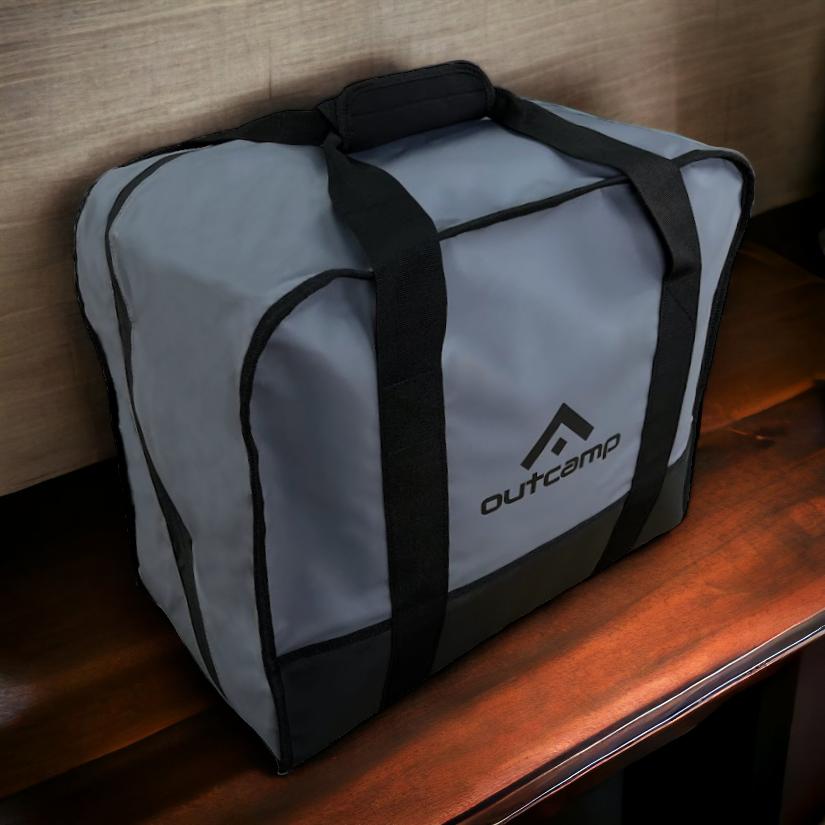

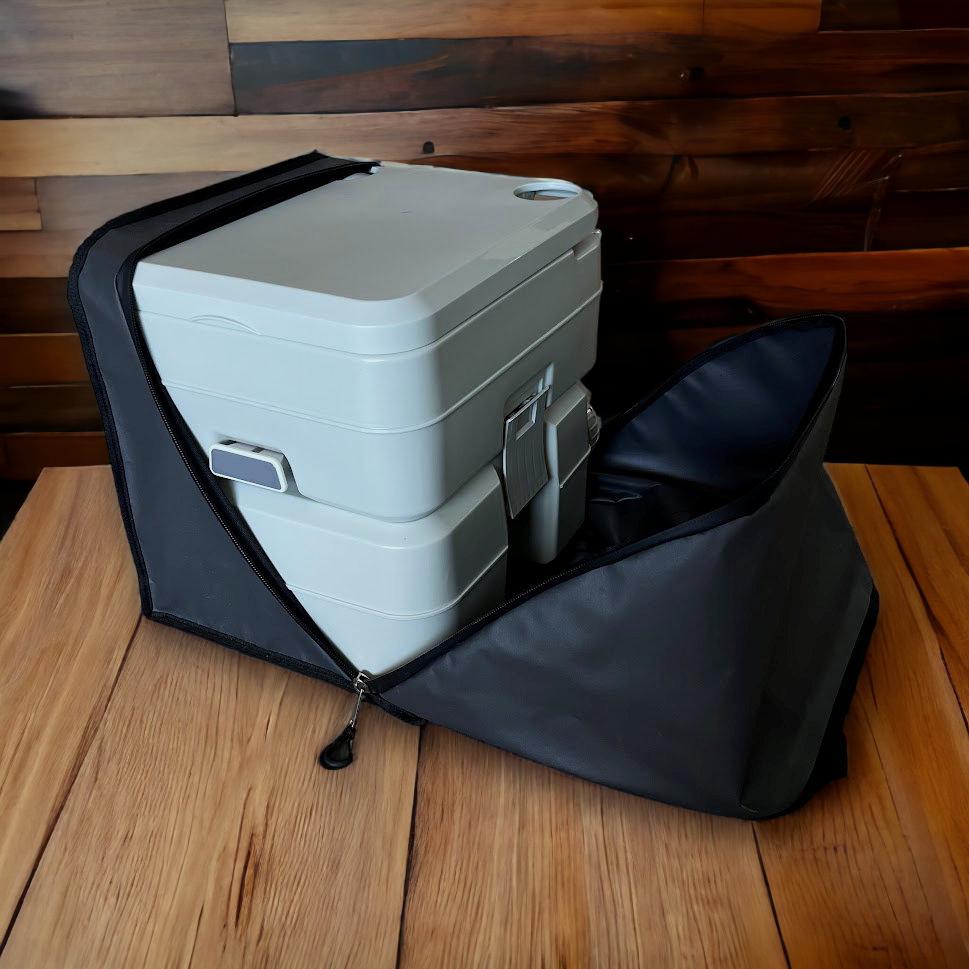
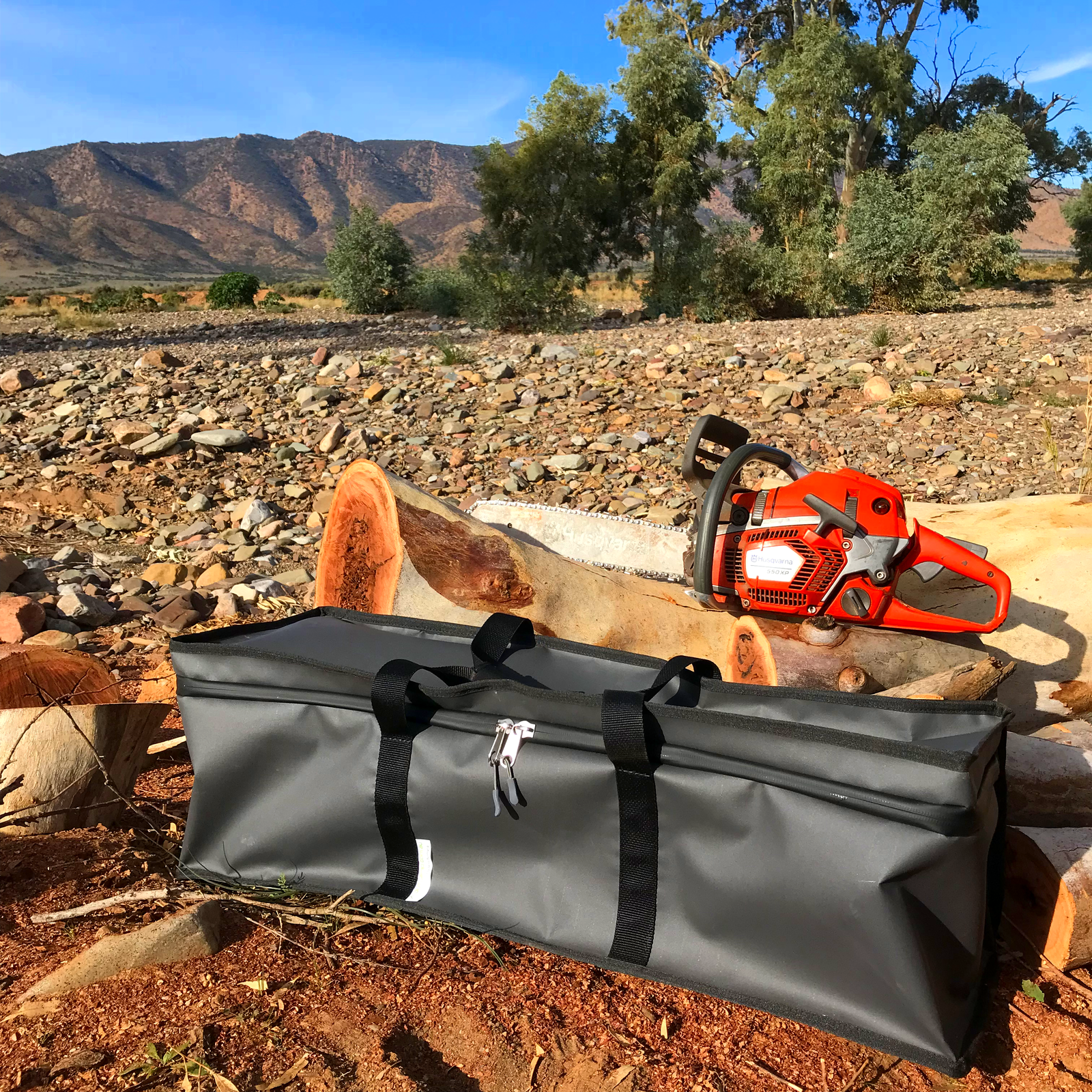
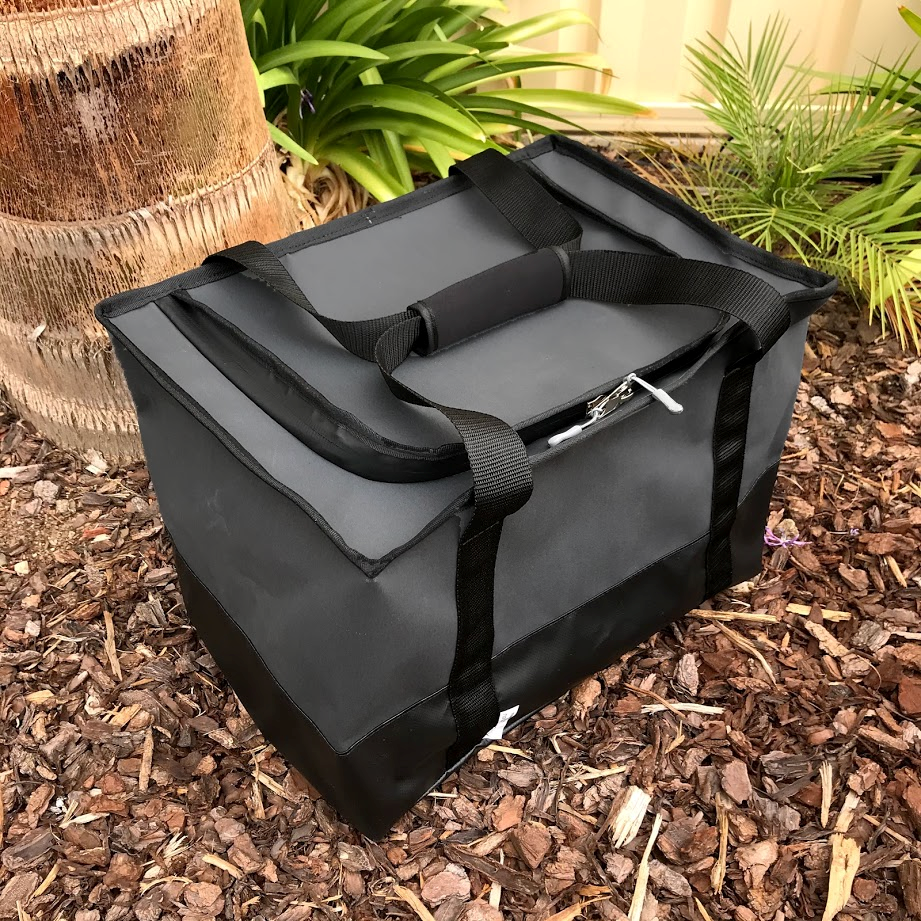

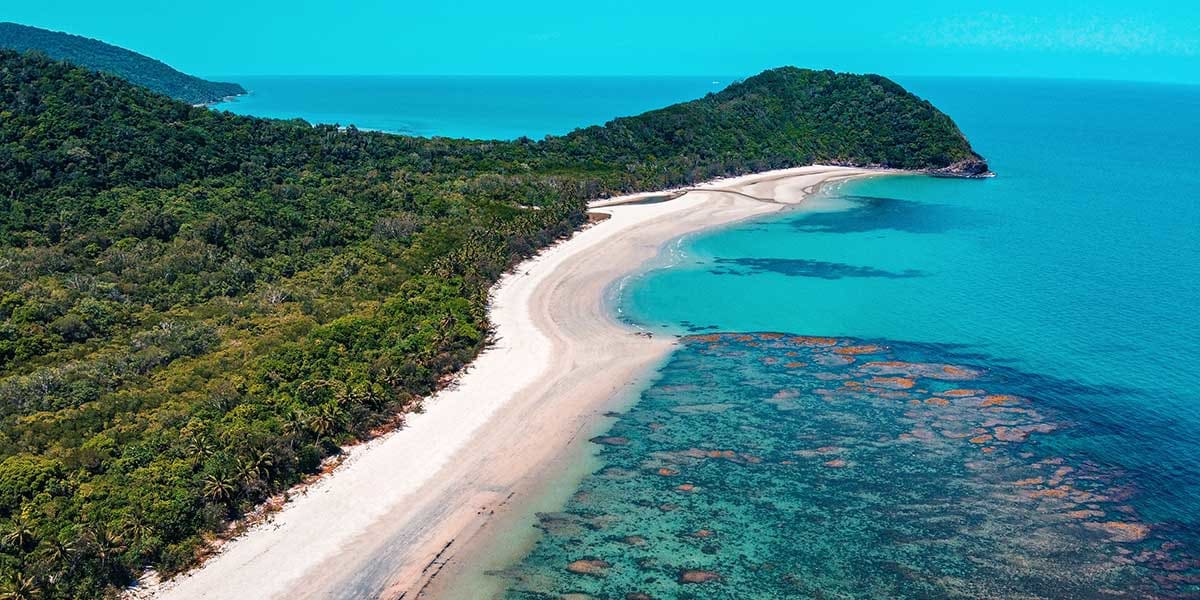
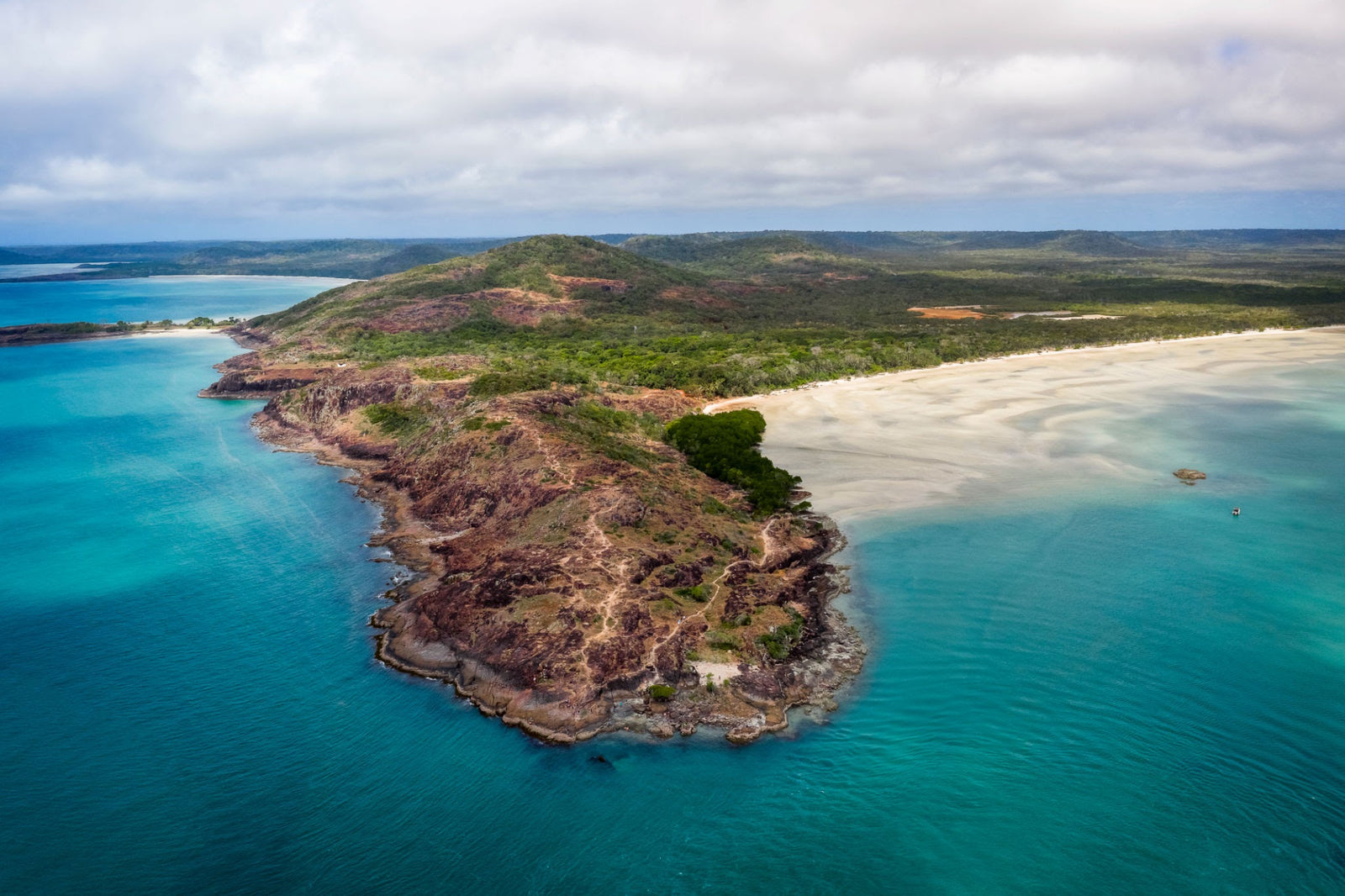




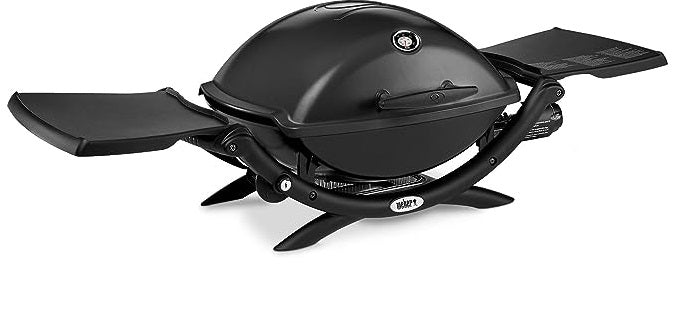
Leave a comment (all fields required)